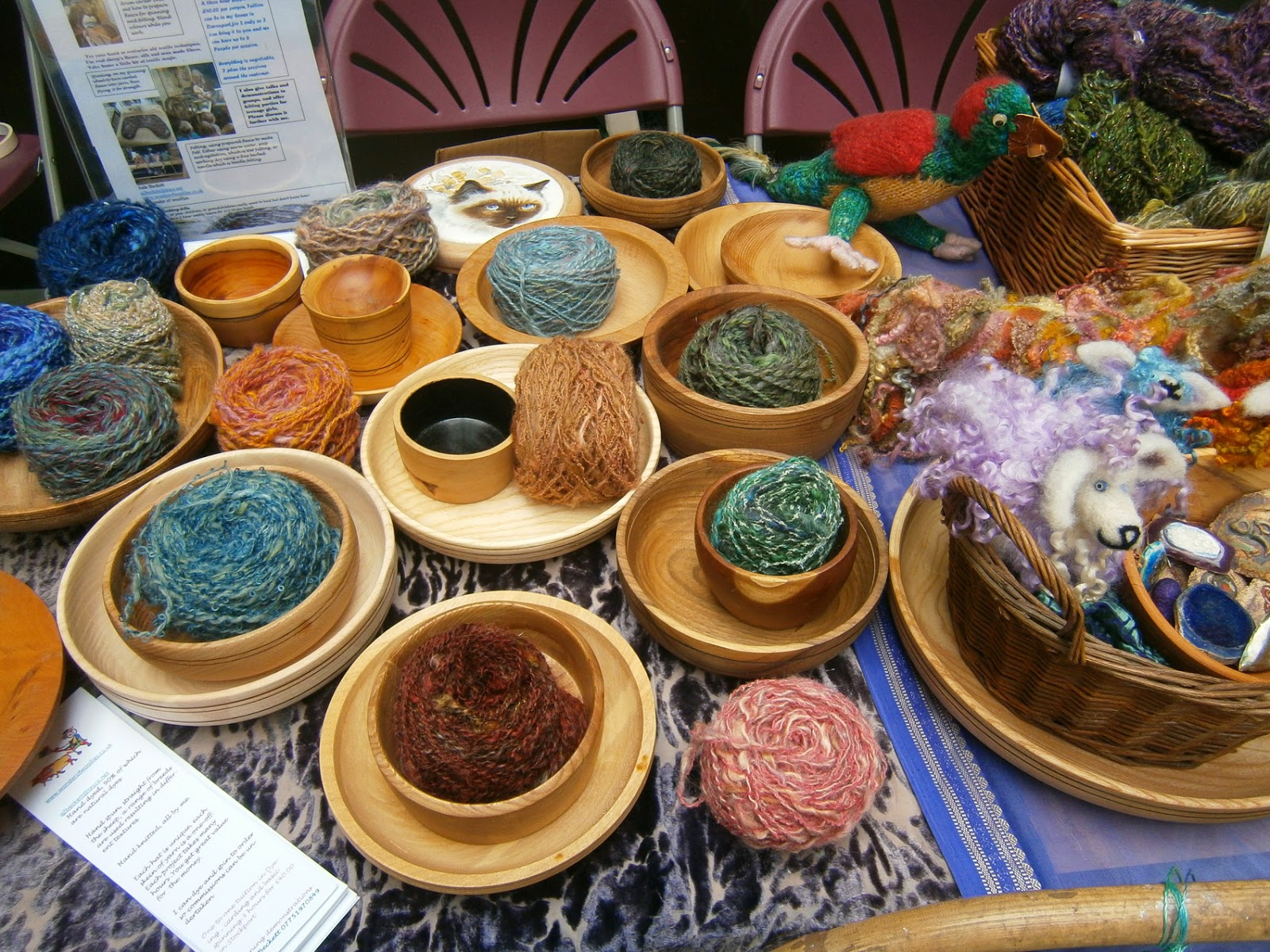I then messed about with it in Photoshop:
Using this for inspiration I made a couple of green batts; a purpley one; a purple and yellow blended one which looks kind of mustardy/mossy, and a mixed blue one. Looking at Monet's style he mostly had a straight/dashy style, but some paintings or certain areas of paintings had a softer swirly style. For the first piece I made using the batts I laid out areas of different colours then added softer wispier swirls of wool and fibres:
I made this piece using the batts too. Neither of these first pieces copy Monet, they are just inspired by the colours.
I was actually quite surprised when this started to dry and it actually looked like something! I don't know if it's because I've stared at the original so much that I can see the similarity and that it's meant to be it, but I'm pleased with how it turned out.
When I was fluffing up the fibres for the swirly piece, I thought I might have a go at needlefelting a piece too. Since I had all the colours out, and had really started to like it, I thought I'd do another based on Morning On The Seine In The Rain. I used a piece of thick commercial Merino prefelt as a base, and blended some texturey wools like Icelandic, carded lambswool and Devon longwool with Merino to get the colours and texture I wanted. I like the way this turned out too :)
If you want to join in the challenge, you can comment on any of our Challenge posts on the Studio site and link to your piece or post it on the forum in the thread we have there: http://feltandfiberstudio.proboards.com/thread/1587/third-quarter-challenge




















































